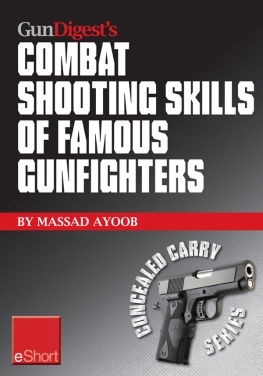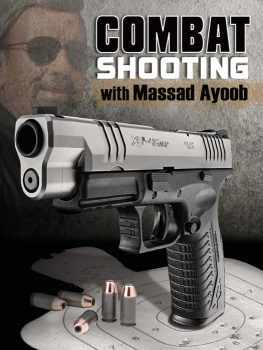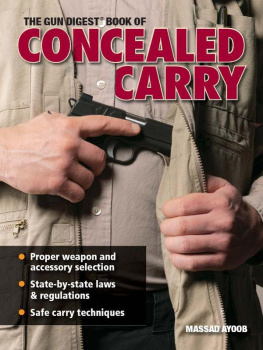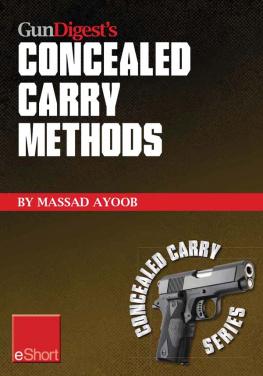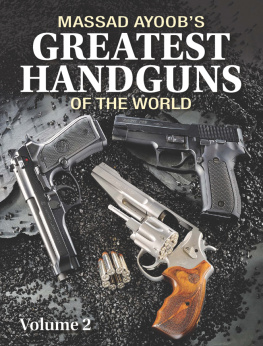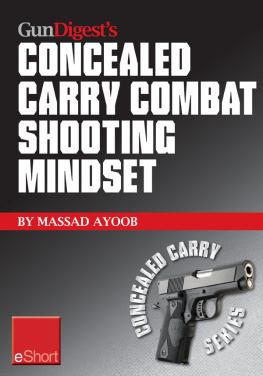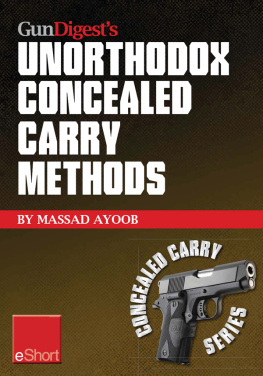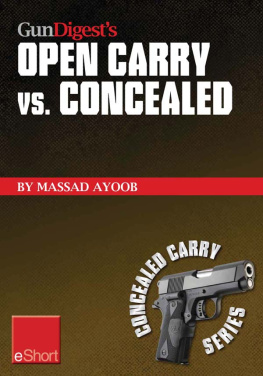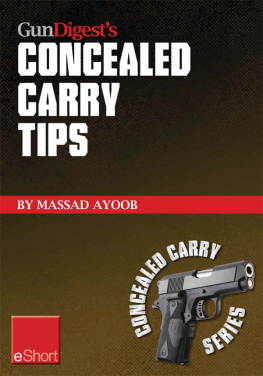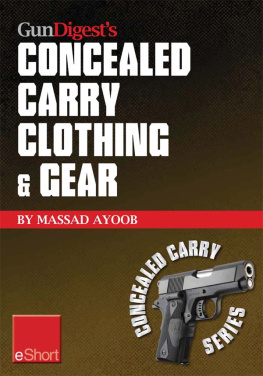STATUE OF WYATT EARP in Tombstone, compiled from many descriptions and images of Earp, all describing him as heavier and broader-chested than he described himself, or appeared in the one photo of him in shirtsleeves during that period. Was body armor helping to fill out those clothes?
To George Santayana we owe the famous quote that those who do not learn from history are doomed to repeat it. It is said that experience is the collected aggregate of our mistakes. Otto von Bismarck said that wisdom was found in learning from the collected mistakes of others.
Put that all together, and it makes huge sense to learn as much as we can from those who have gone before us. We want to focus on those who were conspicuously successful at the endeavor we ourselves wish to succeed in, should we ever have to undertake it. We want to analyze what they did correctly, and be alert for things that worked for them, in their time and place, but may not work for us in our time and place.
All of us have the opportunity to study the combatants of the past, and some of the present. A goodly number of autobiographical books have been written by American warriors returning from the conflicts in Iraq and Afghanistan, and a substantial body of literature exists written by their predecessors in every American war going back to the Revolution. The guns and the uniforms and the battlefields may change, but the core lessons of human beings in lethal conflict are timeless.
In many respects, the much more scarce reminiscences of police officers whove been in gunfights are even more useful, if only because they took place on the same sort of turf where the armed citizen can expect to engage the same foe: the violent criminal in America.
Due to limited space, three such are presented here. I chose men from three markedly different, but overlapping, time periods. One thing you discover in studying this discipline is that the guns they used, the clothing they wore, and the vehicles that brought them to the fight may evolve and change over time, but the principles of good men fighting bad men to the death are absolutely timeless.
19th Century: Wyatt Earp
During the inquest into the shootout at the O. K. Corral, Wyatt Earp testified as to the opening moments thus:
When I saw Billy Clanton and Frank McLaury draw their pistols, I drew my pistol. Billy Clanton leveled his pistol at me, but I did not aim at him. I knew that Frank McLaury had the reputation of being a good shot and a dangerous man, and I aimed at Frank McLaury.
Earp testified that Clanton shot at him, and he at Frank McLaury, almost simultaneously. Clanton missed, Earp did not.
The fight, Earp then testified in a classic example of understatement, then became general.
Wyatt Earp had followed a key principle of gunfighting with multiple opponents. You dont aim necessarily at the nearest opponent, or necessarily at the one with the deadliest weapon. You direct your fire first at the one most likely to kill you in your present position.
Earps telling first shot that folded Frank McLaury over kept the man most likely to kill any of the Earps from doing so. Young Clanton, whom Earp had suspected would break under pressure, did. Though only five to six feet away from Earp, he fired at Wyatt two or three times and missed.
Earps end score was the best of the fight. He was the only person on his side of the gun duel to go unwounded. He deliberately shot Frank McLaury, may well have shot Billy Clanton, and some insist he also shot Tom McLaury, already mortally wounded by Doc Hollidays shotgun blast.
His marksmanship under stress, like his coolness under fire, was exemplary. It may have been as high as a 100 percent hit potential.
In his book Gunfighters, Col. Charles Askins, Jr. a man of no small gunfighting experience himself, and one who did his homework concluded, (Wyatt Earp) had fired two shots and both had found their mark. He had killed Frank McLowrey (sic) and had his lead in Billy Clanton. Extreme range of the fight was 20 feet, a proximity which might have induced some gun-swingers to hurry. Not Earp. In commenting on the battle many years afterward he said, I dont make fast draws. I pull my gun deliberately, aim carefully, and dont jerk on the trigger.
What is even more interesting is that the O.K. Corral incident was Wyatt Earps first gunfight, and he was by no means the worlds most seasoned lawman. He had some six years of law enforcement experience, some of it full-time in Dodge City and Wichita, Kansas, and was a part-time cop and full-time coach guard for Wells Fargo at the time of the Tombstone gun battle.
It was his first gunfight, but not his first shooting. In July of 1878, a cowboy raced past Assistant Marshal Earp and Officer Jim Masterson, Bat Mastersons brother, and fired three shots from a Colt .45 that narrowly missed the marshal. As he rode off, Earp, Masterson, and possibly others opened fire.
Though no one could be sure, Earp was credited with the shot that struck the fleeing George Hoy in the arm and caused him to fall from his horse. The arm wound became gangrenous and, despite amputation, Hoy died just under a month after the shooting.
Even if it was Earps bullet that caused Hoys death, however, this fleeing felon shooting was by nowhere near as harrowing as a gunfight, let alone the experience of three men trying to kill you, your brothers, and your friend.
A study of Earps life shows that, 100 years before the term officer survival became a buzzword, Wyatt Earp was practicing its tenets. Consider the following examples.
IN THE 1880S, Wyatt Earp carried two handguns, and both rifle and shotgun in saddle scabbards. Here in the 1990s, police were emulating him with standard gear. Left, Capt. Ayoob with Benelli auto 12 gauge; right, Chief Russ Lary with Ruger Mini-14, one of each in every patrol car. Each carries issue .45 auto and concealed backup gun
Studying Predecessors
In his memoirs, Bat Masterson said people wondered why Earp hung around with a psychopath like Doc Holliday, whom Masterson and most others in their circle personally despised.
Part of it was put down to the story of Holliday saving Wyatts life by risking his own, grabbing two revolvers and facing down multiple men who had Earp at gun point in a Dodge City incident in 1878. However, reading between the lines, one sees another reason for Earp to have opened a relationship with Holliday.
He knew that the tubercular dentist was a seasoned killer, and that one day, in all probability, he would have to kill men in gunfights himself. There were things Holliday could share that would teach him to survive.
Learning From the Bench
There was precedent in Earps background for this. Earp was born in 1848; he would have been 23 in 1871 when, in Kansas City, he began to gather the advice and the oral histories of those who had gone before.
He told his biographer, Stuart Lake:
The spot favored by the men best known in frontier life was a bench in front of the police station where Tom Speers, then marshal of Kansas City, held forth each afternoon. Because these hunters, freighters, and cattlemen knew so much of the country and the life which held my interest at the time, I spent most of the summer on or near Tom Speers bench.

